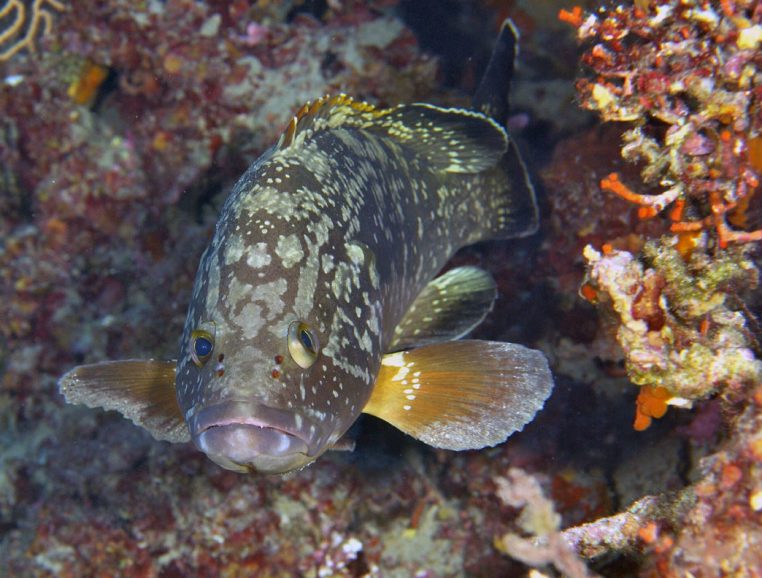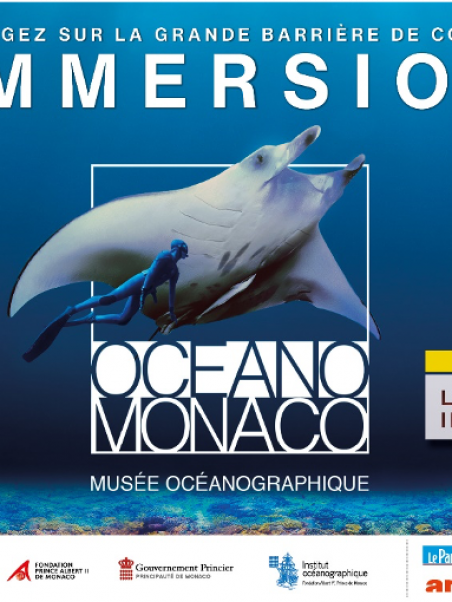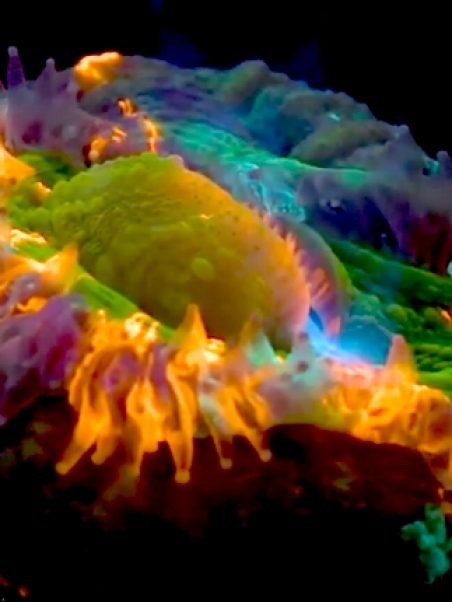Sustainable consumption
a guide to respecting the ocean
- Home
- Intervenants-FDM
- Sustainable consumption
Properly managed, the ocean can play an important role in the world’s food supply, especially through increased aquaculture production and, to a lesser extent, traditional capture fisheries production.
Sustainable consumption will not only protect the Ocean and its resources, but also improve its resilience to climate change and biodiversity loss.
... to save our Planet, to change a system that is destroying it little by little, we will have We need all the ideas, all the wills, all the means that can be mobilized. We will need to multiply initiatives, from the most confidential to the most global, from the most classic to the most innovative. And we will need to do everything we can to convince this world to change with us. This is our destiny today, the destiny of our generations: to take these problems head on, to save this Planet before it is too late. That is our responsibility and that is why we are here.
S.A.S. le Prince Albert II de Monaco, Düsseldorf, janvier 2017
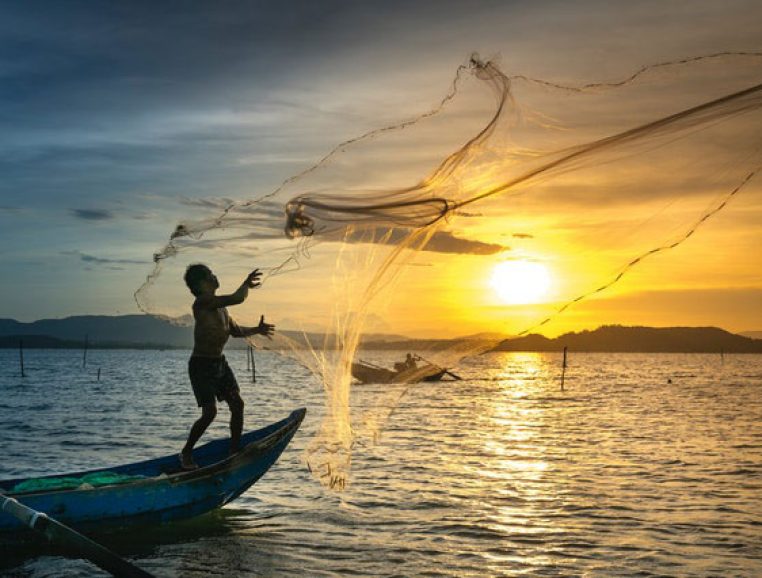
Why is fish consumption at the heart of sustainable development issues?
Crucially important for much of humanity, fish provides 17% of the animal protein consumed worldwide (7% for all proteins, plant and animal), provides 60 million direct jobs in the primary fisheries and aquaculture sector (40 and 20 million jobs respectively), and creates a total first-sale value of nearly $400 billion.
More than 3 billion people depend on marine and coastal biodiversity for their livelihoods.
Fish and seafood
The term “fish” covers a wide range of living organisms in fresh and salt water, including fish, crustaceans, molluscs and other aquatic animals; this is the definition used here; it excludes algae, marine plants and aquatic mammals.
The marine species consumed by humans are of an extraordinary and sometimes unexpected variety, bony fish, rays, sharks, crabs, shrimps, lobsters, cephalopod molluscs, bivalves or gastropods, sea urchins, cucumbers, ascidians (violets), but also sea stars, anemones and jellyfish!
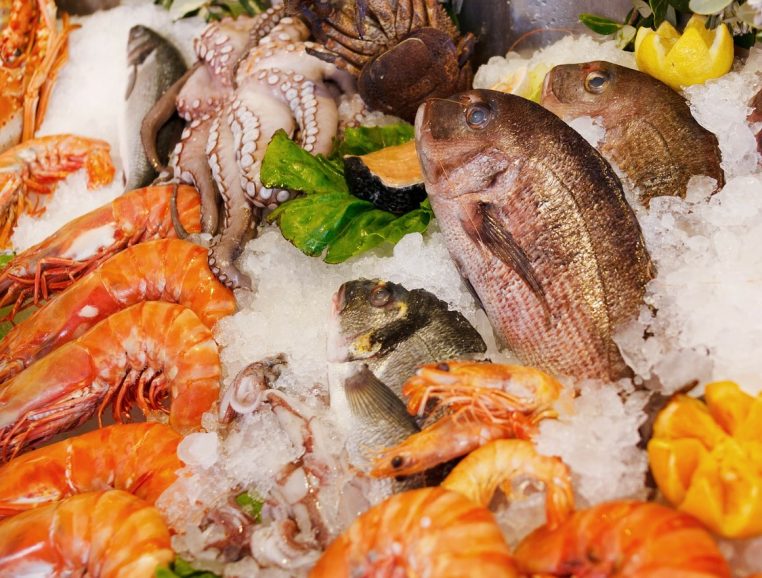
Do we eat "more" or "less" fish than before?
Each “landlubber” now consumes 20.5 kg of fish per year on average, with strong regional disparities. Malaysia and Japan lead the way (respectively nearly 60 kg and 47 kg/inhabitant/year), the European Union (EU 28) is close to the world average, with about 24 kg*.
In half a century, consumption has exploded (it was only 9 kg in 1960!)! This is the result of the combined effect of increased supply (from fishing and aquaculture), global demand linked to demographics and rising incomes, and technical progress allowing a reduction in waste, thanks in particular to the refrigeration of products, better use of resources and improved distribution channels.
It is estimated that in 2018 world production will have reached 179 million tonnes*, of which almost 90% will be (156 million tonnes) for direct human consumption; the remainder (22 million tonnes) being devoted to non-food uses (fish meal and fish oil), mainly livestock. The figures are eminently clear: since the 1990s, catches at sea have stagnated and remain to a plateau of less than 100 million tonnes, in contrast to aquaculture production in full expansion.
Will we continue to consume them in the coming decades?
The trend for the next few years is even upwards, with 200 million tonnes expected by 2030! Aquaculture will continue its progression begun in the 1980s, since it will provide 59% of global fish consumption!
As we know today, the ocean and its resources necessary for fishing and aquaculture activities are not infinite (as we have been led to believe for decades) and the effects of fishing have a significant impact on ecosystems. The international community has understood this and the stakes are colossal. Sustainable fisheries and aquaculture are now, more than ever, at the heart of development strategies. The construction site is titanic.
What is the state of marine resources?
They are in very bad shape overall. Globally, 34% of fish stocks are currently exploited unsustainably. 66% are considered to be sustainably harvested (at maximum yield or under-exploited). This last figure is misleading, the proportion of fish stocks “exploited” at biologically sustainable levels was 90% forty years ago!
Because of overfishing, the room for manoeuvre is getting smaller every year. Catches at sea have been stagnating for the past 40 years. Even with increased fishing effort, the ocean is not able to offer more.
If we reason in terms of quantities landed and no longer in terms of “stocks”, almost 80% (78.7%) exactly) of the catches come from biologically sustainable stocks. 2 kg of fish out of 10 continue to be biologically unsustainable stocks.
By consuming unsustainable fisheries and aquaculture products, we let's contribute to the disappearance of biodiversity
By weakening populations of desirable species and also causing collateral damage to many ecosystems, fishing and poor practices contribute to the loss (or even collapse) of biodiversity. This is one of the conclusions of the latest report of the Intergovernmental Platform on Environmental Protection and Sustainable Development (IPBES). About 1 million animal and plant species are threatened with extinction, especially in the coming decades, something that has never happened before in human history.
For terrestrial and freshwater ecosystems, “direct exploitation of organisms and resources” is one of the five direct drivers of biodiversity loss, behind “changes in (land and sea) use”, ahead of “climate change”, “pollution” and “invasive alien species (invasives)”.
The impacts of fishing and bad practices on marine ecosystems and species are many and varied, and we all contribute to them without sometimes even knowing it! Many of the animal populations targeted by the fishery are depleted and do not necessarily recover even when the fishery is permanently closed. They disappear, purely and simply.
simply.
Cod (Gadus morhua), which has fed generations of people, has never returned to Newfoundland. Its disappearance so altered the ecosystem that it was no longer able to support it again. History could repeat itself for many species and the point of no return could be reached again.
Deep-sea predators such as swordfish, marlin, sharks and tuna, prized for their meat and fins, are disappearing from the ocean. Oceanic sharks (Carcharhinus longimanus) or makos (Isurus oxyrhinchus and I. paucus) are becoming very rare. The angel shark, once so abundant on the Côte d’Azur coastline, and which gave its name to the Baie des Anges, has almost disappeared from the Mediterranean. The white shark, the guitar rays follow in its footsteps! Yet these predators play a major role in regulating ecosystems! We know that their disappearance is starting to cause cascade effects*.
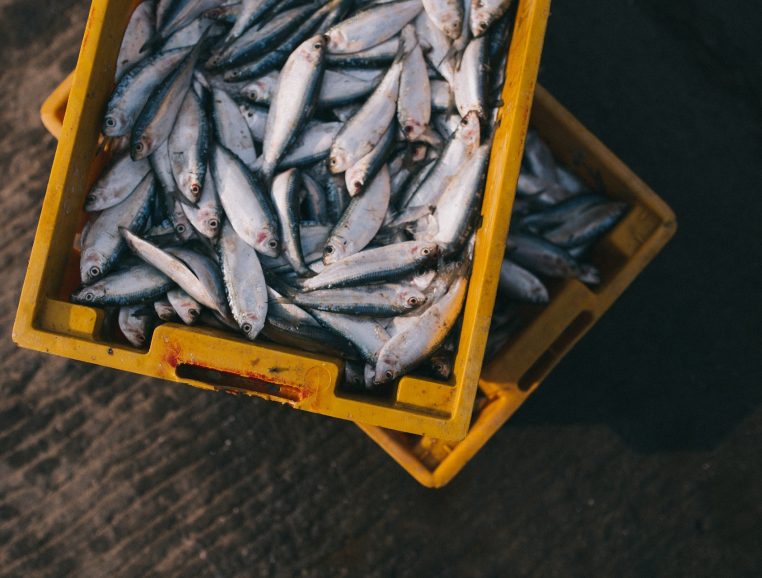
So what are the solutions?
The solutions to reconcile our needs and the preservation of the Ocean require a responsible (sustainable) consumption of the Planet’s resources and of course marine resources. But what exactly is a sustainable seafood product?
Sustainability” covers multiple and complex aspects, of an environmental, health, economic, social, ethical and cultural nature, a complexity which constitutes an obstacle to a good understanding of the stakes and to decision making and which imposes to guide the citizen and the decision maker in their choices!
The scientists are still working on the definition of sustainability criteria, leading them to propose a detailed synthesis * of the dimensions, criteria and indicators of the French fishing fleets.
Throughout the various stages of its value chain (also called “life cycle”), from the production (by capture or farming), consumption and disposal/recycling, through to processing, transportation, distribution, the fish we eat generates impacts on the environment. The notion of sustainability is linked to the nature and intensity of these impacts studied by scientists but also to the criteria of acceptability adopted by society.
To assess the sustainability of each link in the value chain and of the final product, it is necessary to to be able to rely on a benchmark which, schematically, takes the form of the “portrait-robot of the sustainable fish».
Profile of the sustainable fish
The ideal sustainable fish is one that (but not limited to) :
- Preserve the resource (stocks/populations) and the integrity of the marine environment (water quality, habitats, ecosystem functioning),
- Do not participate in illegal fishing,
- Does not pollute and avoids waste of resources (water, energy, raw materials), which is part of a circular economy dynamic and participates in the Blue Economy,
- Limits greenhouse gas emissions and does not contribute to climate change (short circuits are a good solution),
- Ensures a decent and fair income for the workers and actors of the sector, respects the dignity of the people, of course does not resort to modern forms of slavery, respects the coastal communities,
- Ensures the well-being of the fish or makes them suffer as little as possible (in the breeding enclosures, handling, slaughter),
- Is healthy and nutritious, has good organoleptic qualities,
- Provides reliable information that “traces” the product (tells the consumer exactly what he is eating, where it comes from, how it was produced), develops a relationship of trust between the different levels (producer, wholesalers, distributors, processors, seller, restaurant owner, buyer, consumer)
